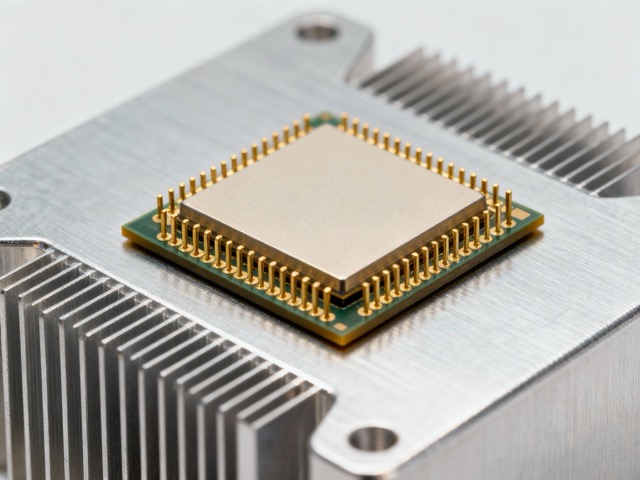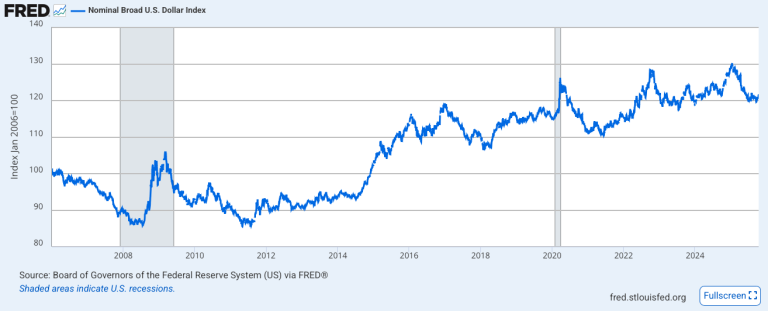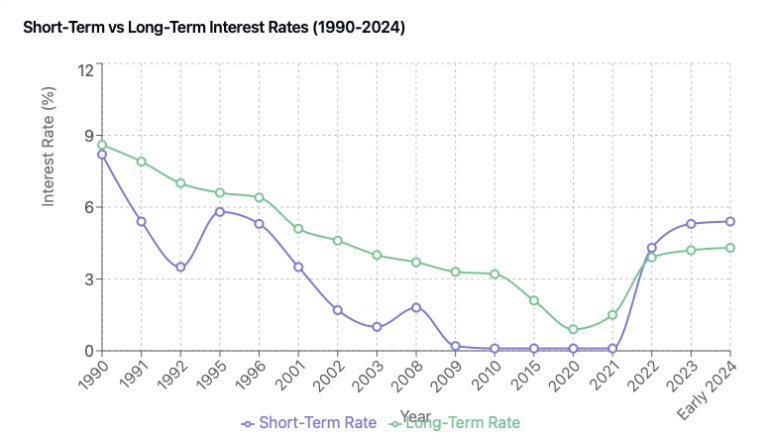The AI Bubble, The Big Short, and The Accounting Mistake: Why Burry Got Depreciation Wrong
Michael Burry is back in the headlines. It looks like he is reloading the “Big Short” cannon—this time aiming at the AI sector. We’re talking about a reported $1.1 billion notional short against NVIDIA and Palantir. (However, there were recent reports stating that Burry has already exited this trade.)
His thesis isn’t about the technology failing. It’s about the accounting. Specifically, it’s about Depreciation Schedules. And if you know a bit about accounting, you know that depreciation is where companies can legally massage their earnings.
Here is the argument, why it looks smart on paper, and why it is failing in the real world.
The Thesis: The “Fake Profits” Trap
Burry’s argument is that the Hyperscalers (Meta, Microsoft, Google, Oracle) are artificially inflating their Net Income by understating their expenses.
When a company buys an H100 or a Blackwell GPU, that is Capital Expenditure (CapEx). It goes on the Balance Sheet, not the Income Statement. The cost is then moved to the Income Statement over time via Depreciation.
Currently, these companies are depreciating these servers over 5 or 6 years.
Burry claims this is fraudulent. He argues that because AI chips improve so fast (Blackwell is significantly faster than Hopper), the “real” useful life of a GPU is only 2 to 3 years.
If he is right, here is the math:
- Current State: You spread a $100,000 expense over 6 year. That means an annual expense of $16,666 on the income statement.
- Burry’s Reality: You should spread it over 3 years. That is $33,000 expense per year instead of $16,666.
He estimates that by extending these assets to 6 years, Hyperscalers are hiding billions in expenses between now and 2028. If they were forced to mark these assets to their “true” life, their P/E ratios would explode, and the stocks would crash.
It’s a textbook “Aggressive Accounting” short. But there is a flaw in his assumption.
The Flaw: Technical vs. Economic Obsolescence
Burry is confusing Technical Obsolescence with Economic Obsolescence.
- Technical Obsolescence: “Is there a better machine available?” (Yes, Blackwell is better than Ampere).
- Economic Obsolescence: “Can this machine still generate a positive Return on Invested Capital (ROIC)?”
This is where the bear case falls apart. We just got confirmation from NVIDIA management regarding the older chips. The statement was clear: “Legacy GPUs… remain fully utilized.”
Colette Kress CFO of NVIDIA in the Q3 2025 earnings call: “””Most accelerators without CUDA and NVIDIA’s time-tested and versatile architecture became obsolete within a few years as model technologies evolve. Thanks to CUDA, the A100 GPUs we shipped six years ago are still running at full utilization today, powered by vastly improved software stack. “””
Let’s translate that into finance terms.
The A100 chip is now 5 or 6 years old. In tech years, it’s a dinosaur. But it is fully utilized as it was stated by NVDIA management in the latest earnings call. That means it is being rented out 24/7. It is generating revenue.
If an asset is generating revenue that exceeds its operating costs, it is a valid asset.
The “Cascading” Cash Flows
Think of this like the airline industry.
When Delta buys a new A350, it doesn’t scrap its 20-year-old Boeing 757s. It moves the new plane to the high-margin routes (New York to London) and cascades the older plane to the regional routes (Atlanta to Orlando).
The same thing is happening in AI:
- Training (Frontier): You need Blackwell. This is the “New York to London” route.
- Inference (Utility): You need reliable compute for customer service bots, data processing, and running smaller models. This is “Atlanta to Orlando.”
For Inference, you don’t need the fastest chip. You just need a chip that works. As long as the A100 generates rental income, the 6-year depreciation schedule is not a lie. It reflects the economic reality that these chips have a long tail of utility.
Conclusion: Don’t Fight the Cash Flow
Burry is betting that these chips will become e-waste in 36 months. The market data says they are being rented out at high margins well past that date.
If the asset is still printing cash in Year 4, Year 5, and Year 6, then the accounting is correct, and the “hidden losses” Burry is looking for simply do not exist.
The lesson here? Don’t get so obsessed with the specs of the hardware that you forget to look at the utility of the asset. As long as “legacy” chips are making money, the depreciation thesis is dead on arrival.
This is not investment advice. I am not your financial advisor. If you are copying the trades of a guy from a movie without doing your own discounted cash flow (DCF) analysis, you are not investing; you are gambling. And the house usually wins.





